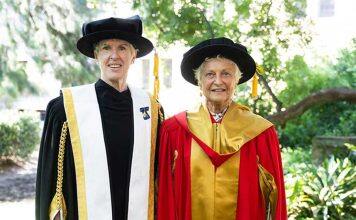A new study by The University of Western Australia has revealed that indoor service workers in the mining industry bear the brunt of the cognitive, productivity and health impacts of extreme heat, when compared to maintenance crew working outdoors.
The research, conducted in mine site villages in WA’s North West and published in PLOS ONE, compared the experiences, hydration status and fatigue levels of 24 mining workers: 12 doing cleaning jobs predominantly indoors and 12 doing maintenance work largely outdoors.
The outdoor workers were given the option to self-pace, while the indoor employees had a set number of tasks that needed to be completed during their shift to meet the job requirements.


Lead author, PhD candidate Sarah Taggart from UWA’s School of Sport Science, Exercise and Health, said the indoor service workers completed more steps and experienced higher heart rates compared to the maintenance workers.
“They also reported higher ratings of fatigue and heat discomfort, and were more dehydrated than the outdoor maintenance workers, although there were no differences in core body temperature or mental functioning between the two groups,” Ms Taggart said.
She said more consideration should be given to the potential health risks of fixed-schedule work, with the research team recommending the following actions:
• Education on the importance of hydration before, during and after work-shifts for workers in high-temperature environments.
• The provision of more scheduled rest breaks for employees to mitigate the impact of heat on their health and productivity.
• Close monitoring of workers for symptoms of heat illness, discomfort, and fatigue to ensure their safety and well-being.
“Our findings have significant implications for the mining industry and workplaces with similar conditions,” Ms Taggart said.
“Implementing these recommendations could help protect the health and safety of workers, improve productivity and reduce the risk of heat-related illnesses.”







































